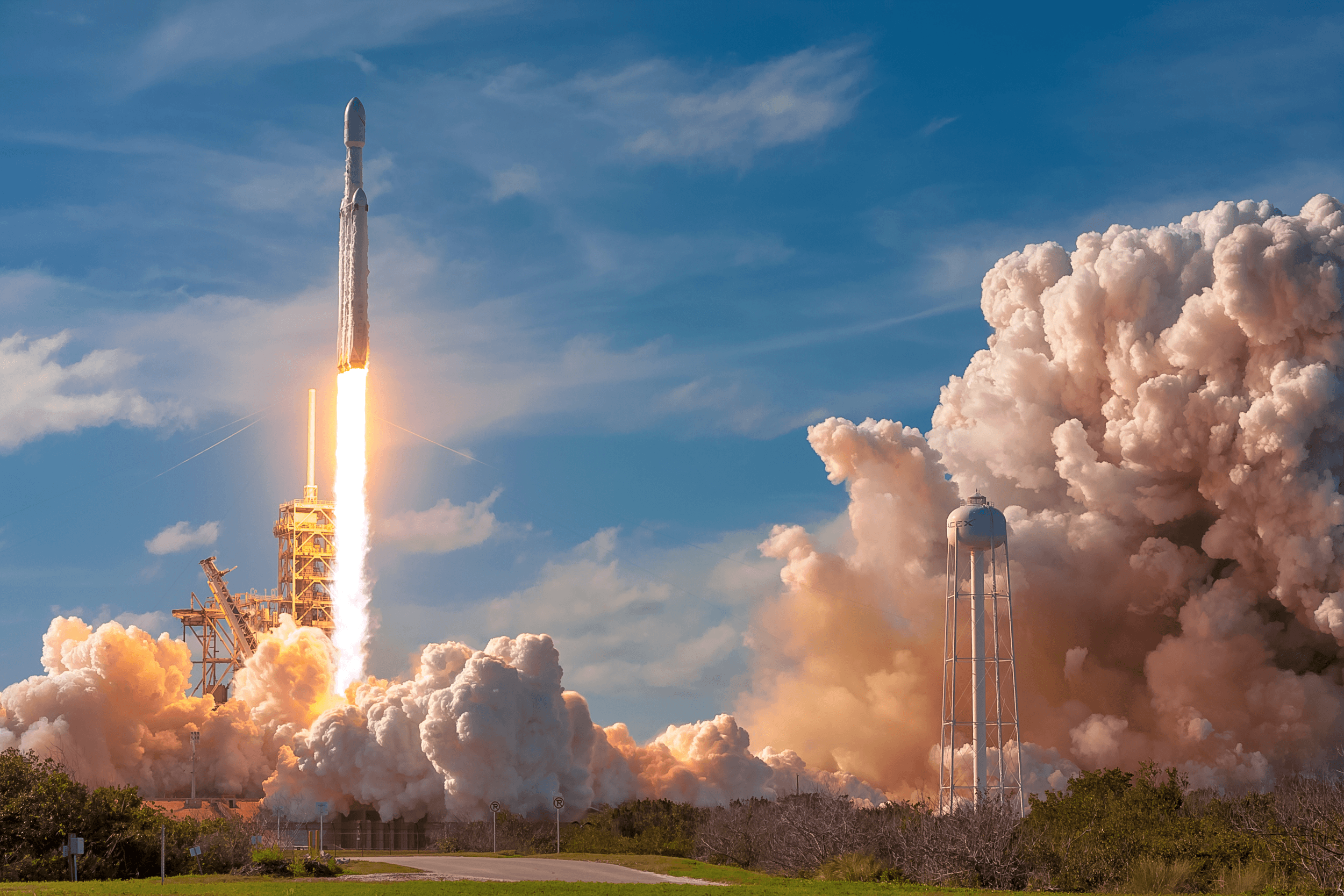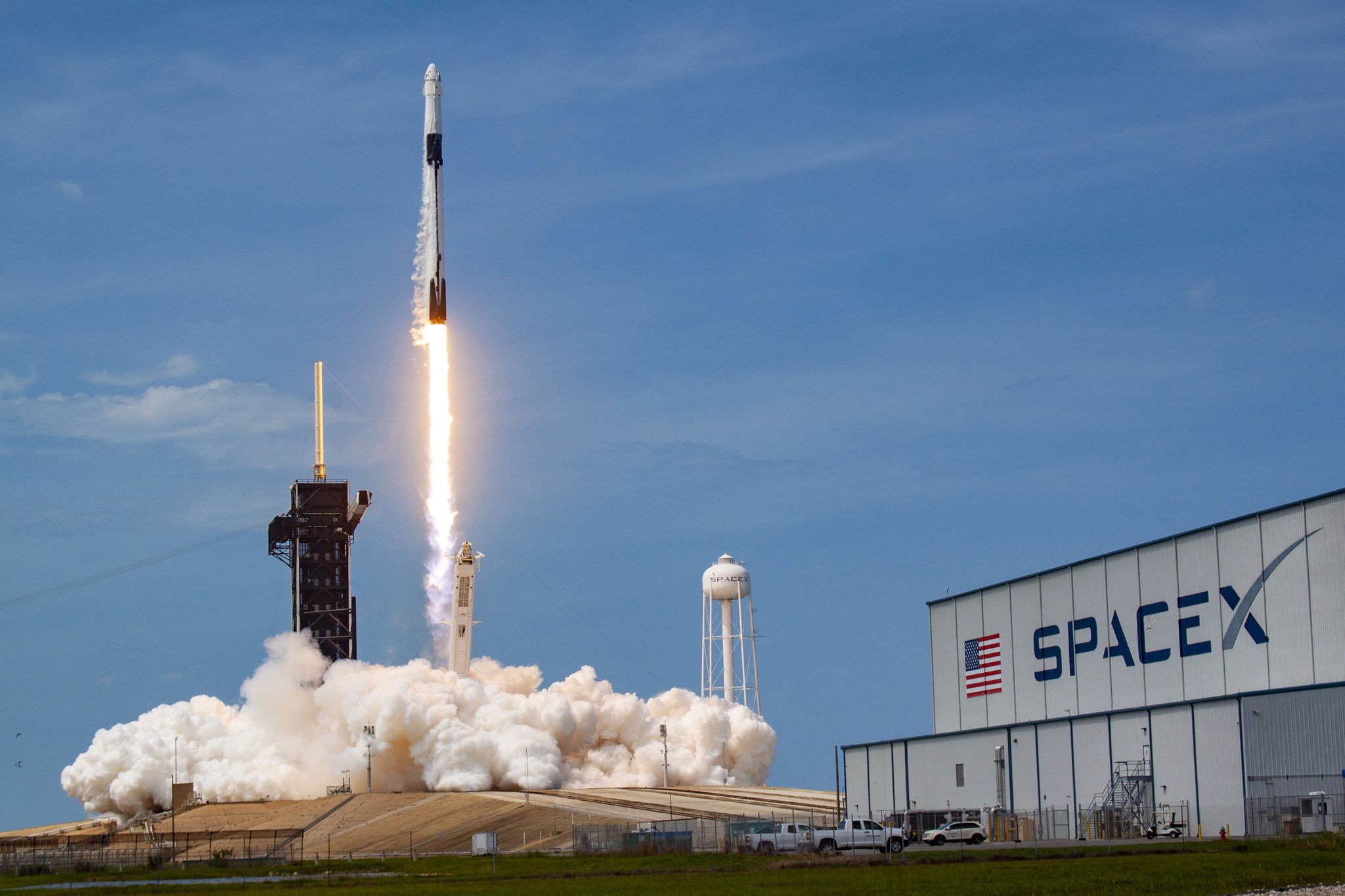Launch Details: Spacex Launch May 31

Spacex launch may 31 – Get ready for liftoff! On May 31st, SpaceX is set to launch another mission into the vast expanse of space. This launch holds significant importance for SpaceX’s ambitious goals and will carry a payload with crucial objectives.
The launch vehicle for this mission is the mighty Falcon 9, a reusable rocket that has played a pivotal role in SpaceX’s success. Atop the Falcon 9 will be the payload, a constellation of Starlink satellites designed to expand SpaceX’s global internet coverage. These satellites will join the existing Starlink network, providing high-speed internet access to remote and underserved areas.
Significance of the Launch
This launch is not just another mission for SpaceX; it represents a crucial step in the company’s long-term plans. The deployment of additional Starlink satellites will enhance the network’s capabilities and bring SpaceX closer to its goal of providing global internet connectivity. Moreover, the successful launch and recovery of the Falcon 9 will further demonstrate SpaceX’s commitment to reusable rocket technology, a key factor in reducing the cost of space exploration.
Technical Aspects

The Falcon 9 rocket and Dragon spacecraft used in this launch are marvels of engineering, embodying the cutting-edge technologies that have made SpaceX a leader in the space industry.
Propulsion Systems, Spacex launch may 31
The Falcon 9’s first stage is powered by nine Merlin engines, each capable of generating 190,000 pounds of thrust. These engines use a combination of liquid oxygen and rocket-grade kerosene (RP-1) as propellants.
The second stage is powered by a single Merlin Vacuum engine, optimized for operation in the vacuum of space. This engine uses liquid oxygen and RP-1 as well, but with a larger nozzle to increase efficiency in the vacuum.
Guidance Systems
The Falcon 9 and Dragon spacecraft rely on a sophisticated guidance system to navigate their journey to the International Space Station. This system uses a combination of GPS, inertial navigation, and star trackers to determine the rocket’s position and orientation in space.
The guidance system also includes a flight computer that processes data from the sensors and calculates the necessary adjustments to keep the rocket on course.
Challenges and Complexities
While the Falcon 9 and Dragon are highly reliable systems, launching a rocket into space is an inherently complex and challenging endeavor.
One of the biggest challenges is overcoming the force of gravity. The Falcon 9 must generate enough thrust to lift itself and the Dragon spacecraft off the ground and into orbit.
Another challenge is the harsh environment of space. The rocket and spacecraft must be able to withstand extreme temperatures, radiation, and micrometeoroids.
Mission Impact

The SpaceX launch on May 31st has the potential to revolutionize space exploration and scientific research. It will allow scientists to conduct experiments in microgravity, which can lead to breakthroughs in fields such as medicine, materials science, and engineering. The launch will also pave the way for future space missions, including manned missions to Mars.
Economic and Geopolitical Implications
The launch is also expected to have a significant economic and geopolitical impact. The launch will create jobs and boost the economy in the United States. It will also help to strengthen the United States’ position as a leader in space exploration.